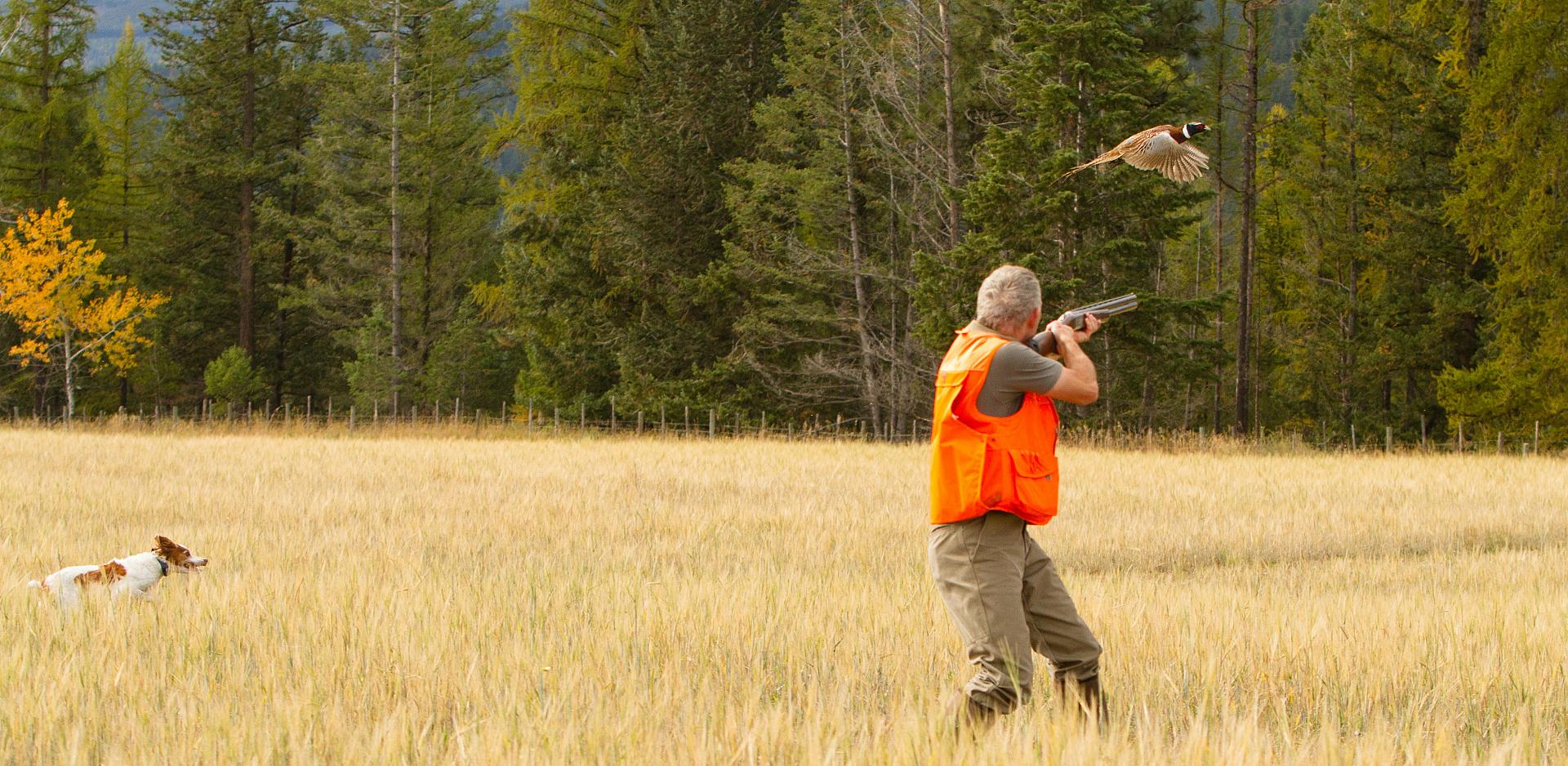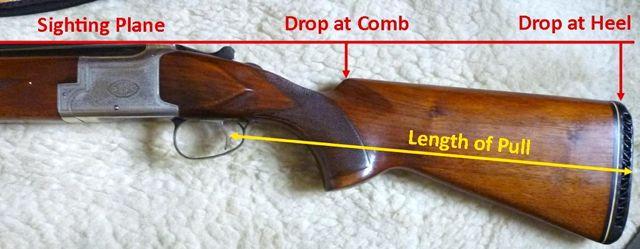Measuring up: Make sure your shotgun fits
Why a properly fitted shotgun is critical, and how find the right one
Advertisement
In his 1949 classic The Shotgun Book, renowned outdoor author Jack O’Connor writes, “A well-fitting gun doesn’t make a crack shot out of a dub, a poor fit doesn’t make a dub out of a slicker, but everyone does his best shooting with a gun stock that fits.” Even before then, the notion of “fit” resonated with many shotgunners, influenced by the gun scribes of the day.
Despite the lasting discussion, however, few of us today understand what fit actually means and why it’s important. Sure, it provides a convenient scapegoat when we’re not shooting well, or a humble response when others offer praise, but I suspect most of us don’t give it much thought beyond that.
Advertisement
So what exactly is fit? Unlike a rifle, which is aimed, a shotgun is pointed at a target, with your eye serving much like the rear sight on a rifle. The trick then, and what fit is all about, is in ensuring your shotgun shoots where you look. To achieve this, there are three primary measures to consider: length of pull (LOP), drop at comb (DAC) and drop at heel (DAH).
Length of pull
Advertisement
LOP is the distance from the middle of the butt pad to the middle of the trigger: too long and you’ll catch your gun under your armpit or on your clothes when you mount it; too short and you’ll often experience greater felt recoil, with your hand bumping your nose when you touch off.
Drop at comb
DAC, meanwhile, is the distance from the line of sight, or rib, down to the comb of the stock where you rest your cheek. Too much drop and your eye will be too low when you mount the gun, and your shot charge will fly below the target; too little drop and your charge will be above the target.
Drop at heel
As for DAH, it’s the distance from the line of sight down to the heel, or top, of the buttstock. This is less important than DAC, as a wide range of DAH can be comfortably accommodated by most shooters. What is impacted by DAH, however, is perceived recoil. A gun with little DAH is described as being straight-stocked, with recoil directed straight back into the shoulder. Stocks with greater DAH can be painful to shoot because the comb tends to recoil against your cheek.
Cast
The cast and pitch of a shotgun also influence fit. Cast is the deviation of the butt away from the centre line of the gun, which helps align your eye with the centre of the barrel. Unlike European shotguns, most American-designed shotguns are built with little or no cast. Models described as “cast-off” are designed for right eye-dominant shooters, while “cast-on” guns are set up for left eye-dominance. With no cast, it’s common for a right-hand shooter’s pattern to be centred to the left of where he or she is looking.
Pitch
Pitch, on the other hand, is the angle of the butt in relation to the line of sight. A gun with the appropriate pitch will remain square on your shoulder when mounted and fired. With too much pitch, it will tend to slide up and shoot low; too little and the butt will slide down and you’ll shoot high.
So, what are the typical LOP, DAC, DAH, pitch and cast measurements for most hunters? There’s no easy answer. The correct LOP, for example, depends on whether you’re wearing a t-shirt and shooting clays or wearing a sweater and a parka while gunning for waterfowl.
What it all means
Those who can afford to can pay to have their shotgun fitted by a professional, who’ll make recommendations for stock alterations that should bring out the best in your shooting. For most of us, however, there’s little practicality in seeking a custom fit in an off-the-rack world.
Fortunately, modern manufacturers have largely solved the problem by designing today’s smoothbores with stock dimensions designed for the average shooter (although different gunmakers have different opinions as to what constitutes average). Also, minor adjustments to DAC, DAH and LOP can be made using the shims conveniently provided with many of today’s shotguns.
The only surefire way to get just the right fit, though, is to shoot as many shotguns as you can until you find the one that feels and shoots best for you.



